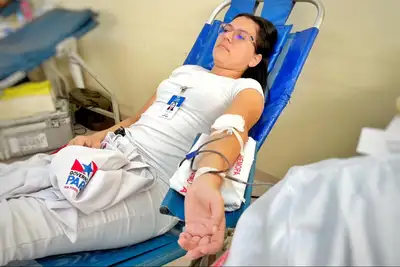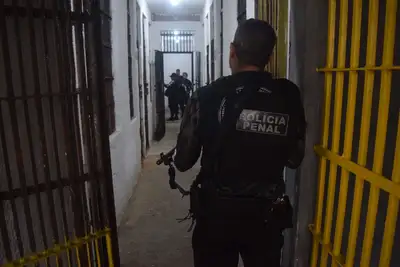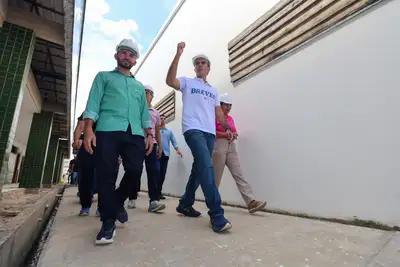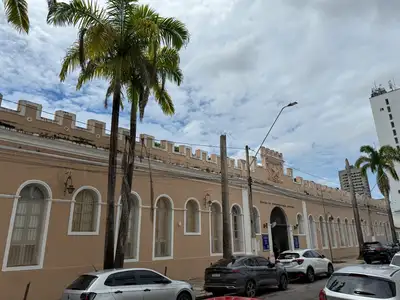Santa Casa do Pará strengthens actions in favor of the environment
The oldest hospital institution in the State is integrated with the green of its trees throughout the years
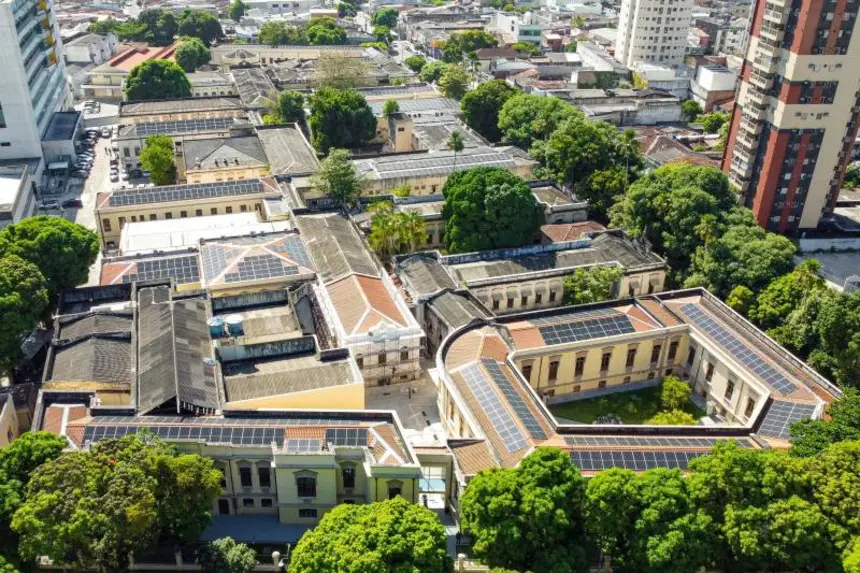
With over 100 trees in its internal and external areas, the Santa Casa de Misericórdia do Pará Foundation, in Belém, has transformed environmental preservation into an ally of public health. The centennial trees are part of the institution's history and ensure a milder microclimate amidst the heat of the capital of Pará. The initiative reinforces the commitment of Brazil's largest maternity hospital to sustainability and ecological awareness.
According to Walda Valente, director of Planning, Budget, and Management of the Foundation, maintaining the tree cover is a priority.
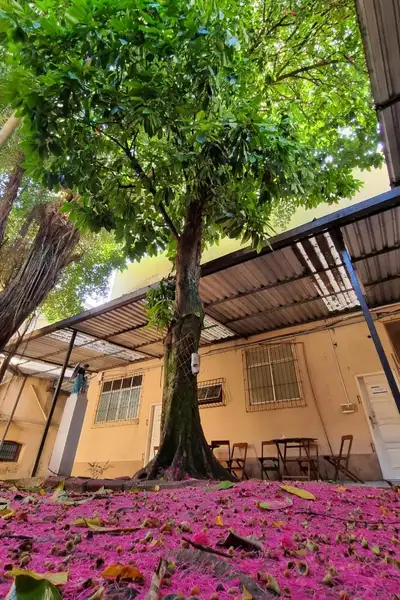
“Today, dozens of trees are maintained that adorn our beloved Santinha (a loving reference to Santa Casa) with the greens of nature. Keeping our hospital green is a demonstration of love for trees and respect for nature, which not only inspires us with its landscapes but also reminds us of a commitment to the environment,” says the manager.
Located in the Umarizal neighborhood, Santa Casa houses 43 trees in its external area, within the quadrilateral formed by the streets Oliveira Belo, Generalíssimo Deodoro, Bernal do Couto, and 14 de Março. Among them are mango trees planted as early as the late 19th century. In the internal area, another 73 trees and hundreds of plants of different species — such as jambeiros, açaí trees, ipês, palms, and castanholas — complete the landscaping and promote well-being for patients, staff, and visitors.
The tree cover also has practical effects. Sebastião Ferreira, a companion of a patient and resident of Capanema, in northeastern Pará, praises the initiative.
“Since Belém is very hot, the shade of these trees here mitigates the heat on the metal of vehicles and on our heads. I wish the whole city were green like this,” he comments.
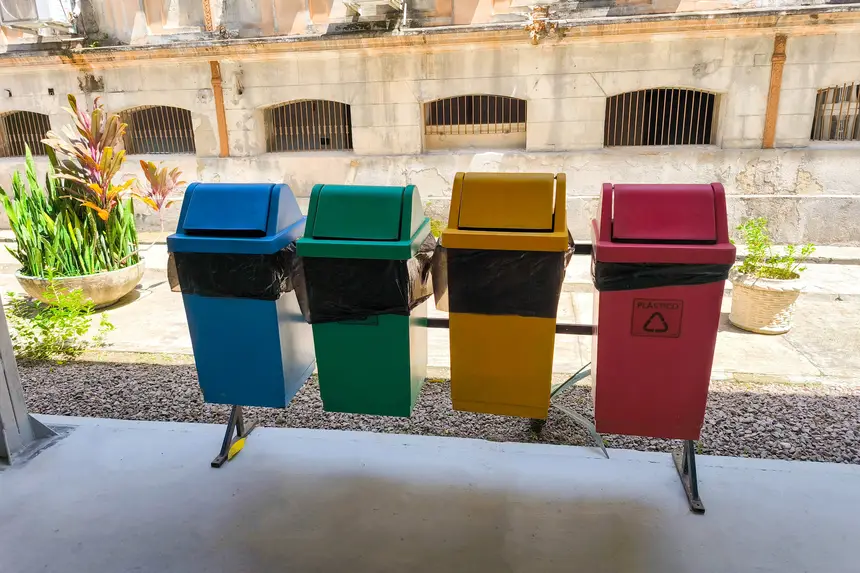
Waste management and environmental safety
In addition to ecological landscaping, Santa Casa also stands out for its responsible management of hospital waste. Hundreds of staff and collaborators have undergone training on proper disposal, focusing on sanitary safety and environmental impact.
Nurse Lígia Pereira explains that effective waste control is directly linked to infection prevention and the protection of health professionals.
“With proper segregation, we reduce the risk of pollution and environmental impact because we know that if an infectious waste, with biological and chemical components, ends up in a landfill, it will not receive the proper treatment and could contaminate water sources, cause diseases in people who work as waste pickers, and even generate risks of epidemics and pandemics,” she warns.
Hospital waste is classified into five categories: infectious, chemical, radioactive, common, and sharp - each with specific risks.
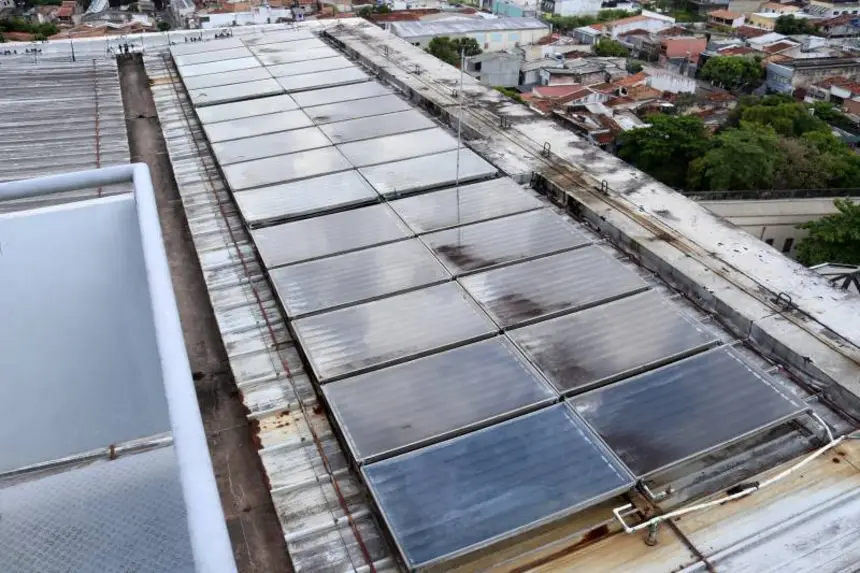
Energy efficiency and resource reuse
In the area of infrastructure, the institution is also advancing in sustainability actions. According to Marcelo Frota, civil engineer responsible for the Physical and Property area of Santa Casa, investments in clean energy and resource reuse have been generating savings and environmental benefits.
“We have a rainwater reuse system used in the bathrooms of the Almir Gabriel Unit. And regarding electricity, we have a water heating system through solar panels, used in the ICUs and Neo UTIs,” he states.
The hospital was also a pioneer in 2023, becoming the first public unit in the State to consume exclusively clean energy. The solar system, with panels and batteries, already generates savings of approximately R$ 100,000 per month for public coffers.
“This resource can be used for other investments in the Hospital. We can also say that 90% of the lamps currently installed are LED, which generates savings of around 25% compared to the old fluorescent lamps,” Frota adds.
Among other actions, the replacement of the conventional roof with thermal-acoustic tiles, which provide greater thermal comfort for users of the hospital unit, is underway.
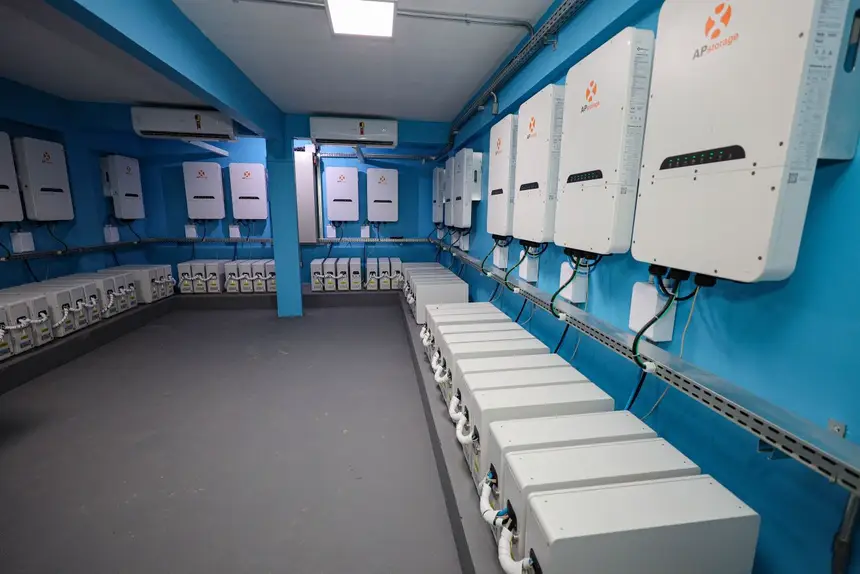
Commitment to the future
In celebration of World Environment Day, celebrated this Thursday (5), Santa Casa will illuminate its external chapel with green lights, as part of the United Nations Decade on Ecosystem Restoration — a global initiative aimed at protecting biomes and biodiversity.
The president of the Santa Casa do Pará Foundation, Bruno Carmona, emphasizes that sustainability is at the center of the institutional strategy.
“Over the past six years, Santa Casa has been strengthening its commitment to sustainability, recognizing the importance of reducing the environmental impacts generated by health services. In our strategic planning, we included sustainability as a key perspective, unfolding it into concrete actions to mitigate damage to the environment. Among these initiatives, we highlight Renewable Energy, Tree Planting, Sustainable Garden, Green and Sustainable Hospitals Program, Internal Campaigns for Conscious Consumption, among others,” says the manager.


